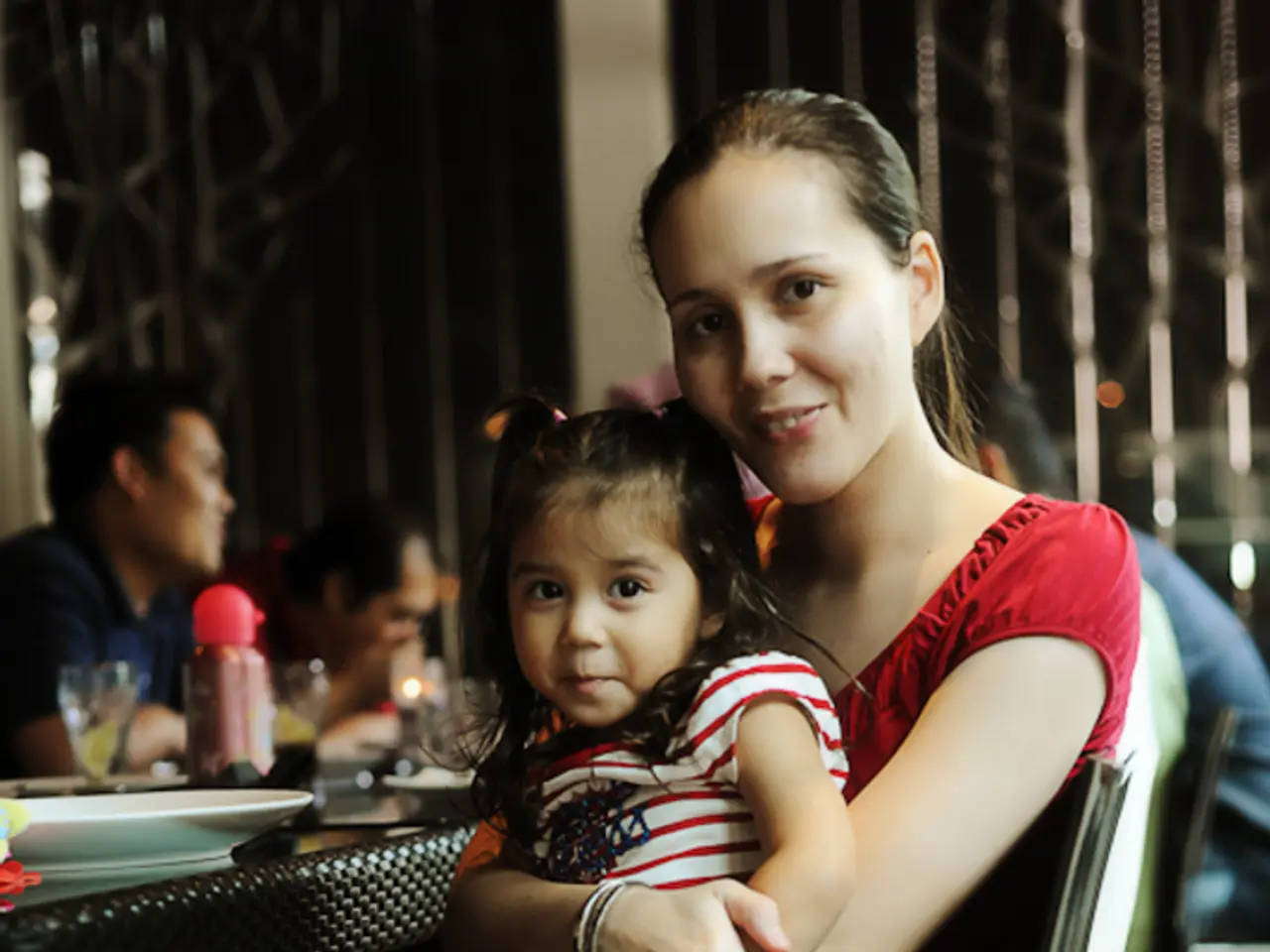Decline in birth rate: Number of children born per woman drops
In North Rhine-Westphalia (NRW), the total fertility rate (TFR) has shown significant variation across its cities, primarily due to socio-economic, cultural, and demographic factors.
According to the Statistical Office in Düsseldorf, the current TFR in NRW stands at 1.39, the lowest in the past 13 years. This figure ranges from a high of 1.65 in Gelsenkirchen to a low of 1.13 in Düsseldorf.
The urban-rural contrast is one of the key factors influencing TFR in NRW. As Germany's most populous and densely populated state, NRW is home to major cities like Cologne, Düsseldorf, Dortmund, and Essen, concentrated in the Rhine-Ruhr metropolitan area. Urban areas generally have lower fertility rates compared to rural regions due to lifestyle, higher living costs, and career prioritization.
Economic factors also play a significant role in shaping TFR in NRW. Although the state boasts the largest economy among German states by gross regional product, its GDP per capita is below the national average, indicating economic disparities within the state. Economic stability, employment opportunities, and income levels strongly influence family planning decisions and fertility rates. Wealthier and more economically secure populations tend to have higher fertility rates.
Cultural differences are another important factor. NRW is culturally heterogeneous, reflecting historical divisions between the Rhineland and Westphalia/Lippe regions. These cultural variations can affect social norms regarding family size, childrearing, and gender roles, contributing to fertility differences across cities and regions within the state.
Migration and demographics also contribute to TFR variations. Urban centers in NRW attract immigrants and young adults, some of whom may have different fertility patterns influenced by cultural background or access to healthcare and social services. Access to healthcare, including reproductive and maternal health services, can also vary with social policies affecting asylum seekers and vulnerable groups.
Ten districts and independent cities in NRW have seen an increase in the TFR, but the details are not provided. Conversely, all other districts and independent cities in NRW have seen a decrease, with Duisburg experiencing a significant drop. The total number of children born in NRW has decreased by 1.8% from the previous year, with a total of 152,688 children born in the previous year. Five districts in NRW have no change in the TFR.
In conclusion, differences in TFR across cities in North Rhine-Westphalia stem from a mix of urban-rural contrasts, economic conditions, cultural traditions, and demographic composition. Cities with higher living costs and urban lifestyles often show lower fertility, while cultural and economic contexts modulate these effects locally.
[1] Bijak, A., & Milewski, P. (2015). Fertility in Europe: Trends and Determinants. Springer. [2] Goldstein, M. N., & Kohler, M. (2008). The Economics of Fertility. Cambridge University Press. [3] United Nations Department of Economic and Social Affairs. (2019). World Urbanization Prospects: The 2018 Revision. United Nations.
In light of these findings, it's crucial to explore the role of science, health-and-wellness, and nutrition in addressing the varying fertility rates. For instance, understanding the impact of proper nutrition on reproductive health within women's health could potentially enhance fertility rates in cities like Düsseldorf, which currently has a lower TFR. Furthermore, delving into the science behind cultural differences in family planning decisions could provide insights into how societal norms and gender roles influence fertility rates across different regions in NRW.








